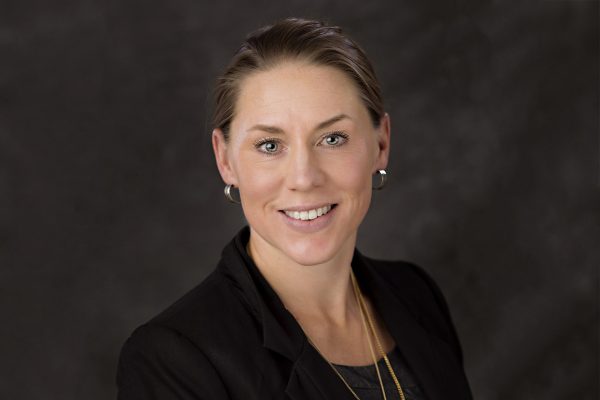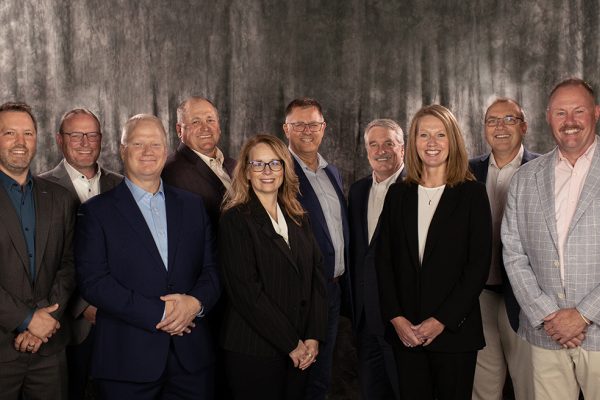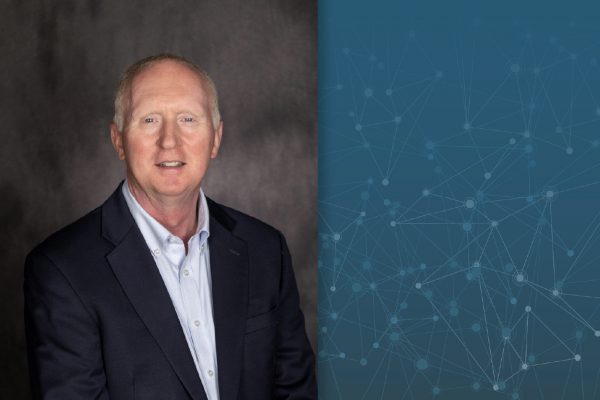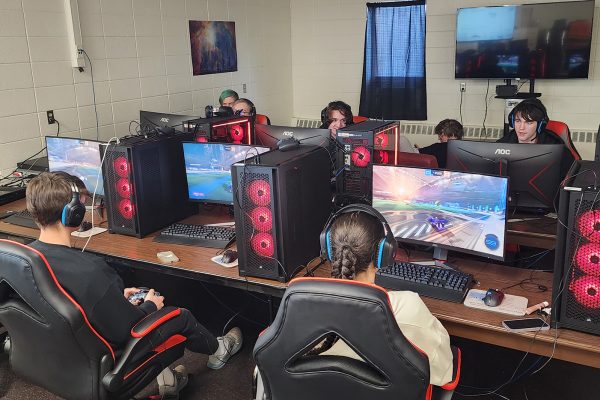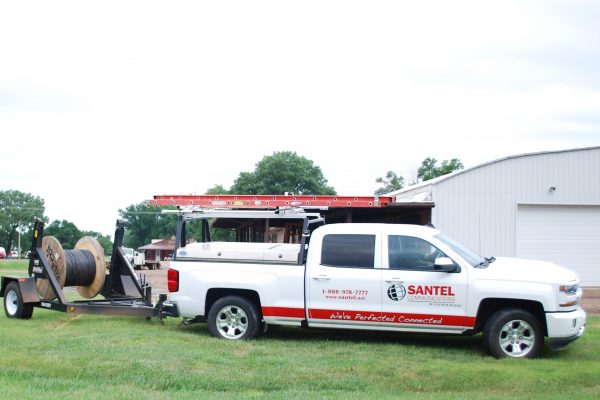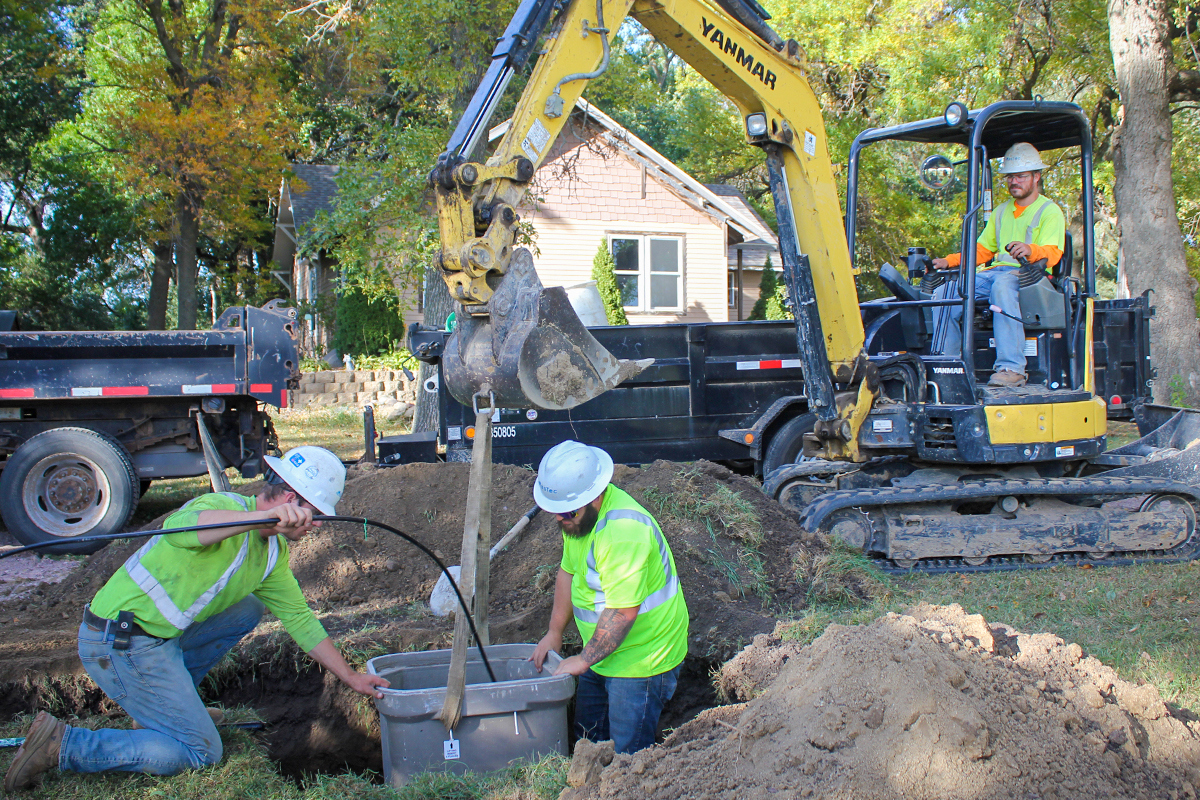
Approximately 135,0000 South Dakotans do not have access to broadband to meet their needs. But a hallmark piece of legislation that aims to bring broadband service to all of South Dakota in a finite number of years is making progress through the 2021 legislative session.
Gov. Kristi Noem’s legislative address highlighted expanding service in the state at the start of the session and Senate Bill 34, introduced by her office, proposes state funding to help make that happen.
“This is a very bold and visionary kind of proposal,” said Greg Dean, Director of Industry Relations for the South Dakota Telecommunications Association. Dean serves as the lobbyist for SDTA and its member companies.
SB34 appropriates $100 million from the general fund to ensure that by 2026 every South Dakotan has access to high-speed broadband. The estimated cost to fully achieve that goal is $200 million. Matching dollars from private investments by broadband companies and federal funding would see that through.
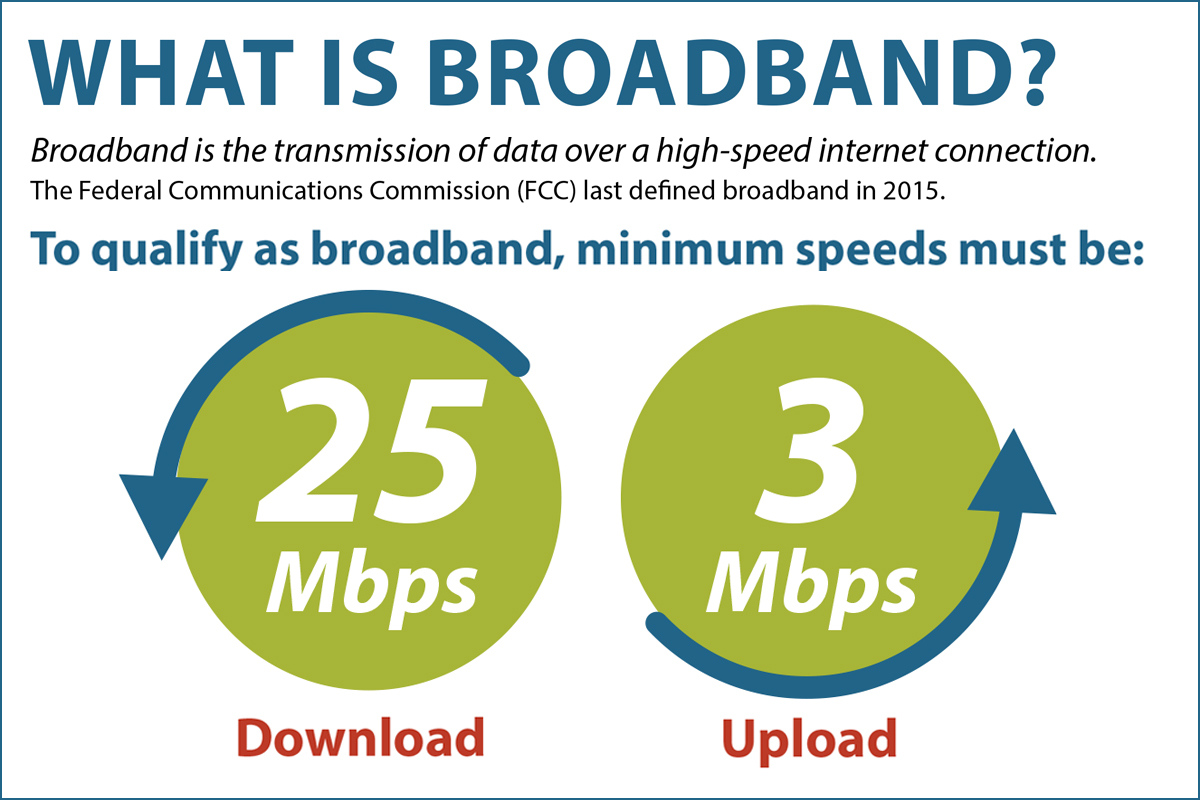
Simply put, broadband is the transmission of data over a high-speed internet connection. The state is using the Federal Communications Commission’s 2015 definition of broadband. That sets minimum speeds at 100 megabits per second (Mbps) download and 10 Mbps upload.
This bill will likely target today’s accepted delivery speed but aims to ratchet those minimum speeds up to 250 Mbps download in 2024 and 500 Mbps download in 2027.
Dean says that will help future proof the infrastructure and account for applications that haven’t even been dreamt up yet.
“Consumer demand for broadband and for speed is growing at about 35 percent annually. If you do the math, you’re doubling demand in less than three years,” Dean said.
He compares the evolution of South Dakota’s broadband infrastructure to what it took to bring electricity to all parts of the state.
“Just like what it took for everyone to be able to turn the lights on in their house, it’s the very same with broadband. Soon we won’t hear the hum of a dial-up modem anymore,” he said.
Because of available one-time funds, projects such as expanding broadband across the state are possible and will set South Dakota apart from other rural states, Dean said.
“We’re talking about impacting farms, ranches, families, schools, government, healthcare — not just for today but well past 2050. So not only today’s generation but our children’s generation and grandchildren’s generation,” Dean said.
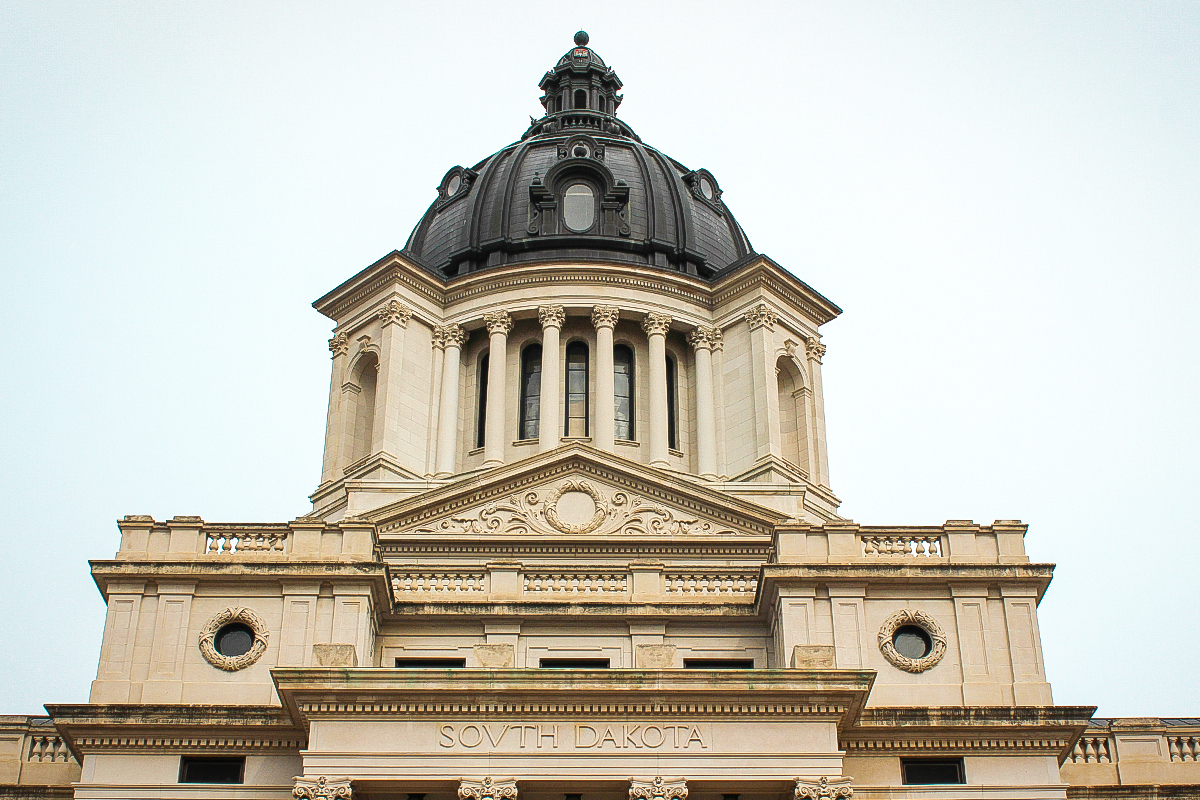
STATUS UPDATE:
So, what's next for SB 34? The timeline is not yet clear. It passed the Senate Commerce and Energy Committee 8-0 and now moves on to the Joint Appropriations Committee but could see additional policy hearings.
Dean says February will likely be a month of information gathering and sharing before a final decision is made toward the end of the session.
That includes discussions among a broadband workgroup that is also studying the topic. Members include:
- Chair Sen. John Wiik
- Sen. Reynold Nesiba
- Rep. Steven Haugaard
- Rep. Tina Mullaly
Last week, the group heard presentations from a representative of Starlink, SpaceX’s Low Earth Orbiting Satellite internet company, and a panel of SDTA-affiliated experts:
- Denny Law, General Manager/CEO | Golden West Telecommunications
- Larry Thompson, CEO | Vantage Point Solutions
- Jake VanDewater, VP of Engineering, Operations & IT | SDN Communications
[Legislators] have an opportunity to bring broadband to every location in South Dakota within a finite number of years. And it’s an exciting challenge. I’m glad that SDTA, SDN Communications and our member companies can be a part of the solution.
There is no official schedule for this workgroup, but Dean anticipates they will meet again.
The SDTA could play a role in the advancement of a few other pieces of legislation. We’ve shared those below. But the 2021 session is moving along quickly; it wraps up March 11, with March 29 reserved for the consideration of gubernatorial vetoes.
SDN is a leader in providing business internet, private networking and cloud connectivity to businesses and organizations in communities such as Sioux Falls, Rapid City, Worthington, and the surrounding areas.
